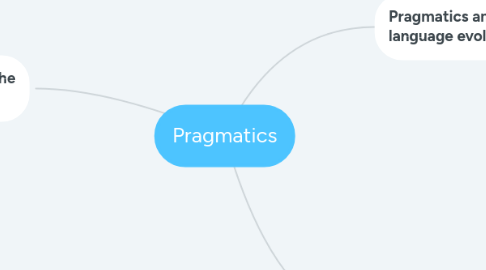Pragmatics
by Orlando Romero


1. Implementing pragmatics in the classroom
1.1. When considering pragmatics in American educational settings, we must consider the structures and context of Western culture in shaping how we use the different varieties of English between speakers, in the classroom, and in American society for different purposes.
1.2. Give ELLs multiple opportunities to hear models of language use and use language in different contexts.
1.3. Teachers should offer as many opportunities as possible, to encourage student discussion and learning in the context of the classroom and/or real-life situations.
1.4. To actually see examples in action from a TV show because often the dialogue is very realistic. The teacher can choose a clip from a favorite program and play about 5 minutes of it, asking students to note the language used for greetings. Ask about why the characters made those particular language choices: For example: What’s up, Dog?” rather than “How are you?”)
2. Pragmatics and the aims of language evolution
2.1. How a pragmatic perspective can inform language evolution in the most fundamental way: by making clear what the natural objects of study are
2.2. A pragmatic perspective tells what two of the most central questions for language evolution should be
2.3. How and why did humans evolve communication?
2.4. How do collections of communicative conventions develop, and how and why do they evolve, culturally, to take the forms that they do?
2.5. Question 1 is about the biological evolution of communication
2.6. Question 2 about the cultural evolution of languages.
3. What is Pragmatics?
3.1. Instead of examining what the expression means, this field studies what the speaker means in using a certain word or expression. They consider different factors surrounding the utterance such as the speaker’s intended meaning, contextual factors, and listener’s inferences in order to interpret the utterance. In simple words, pragmatics deal with what is implied in an utterance.
3.1.1. Example: I’m so hungry I could eat a horse
3.1.2. If we are to examine this utterance in pragmatics, we’d also examine the context and what the speaker is trying to imply from this utterance. Is the speaker really going to eat a horse? Or is he trying to imply that he is extremely hungry? Is the speaker making a general comment? Or is he asking for food by this comment? Then we’d understand that the meaning of this sentence cannot be taken in a literal sense.
